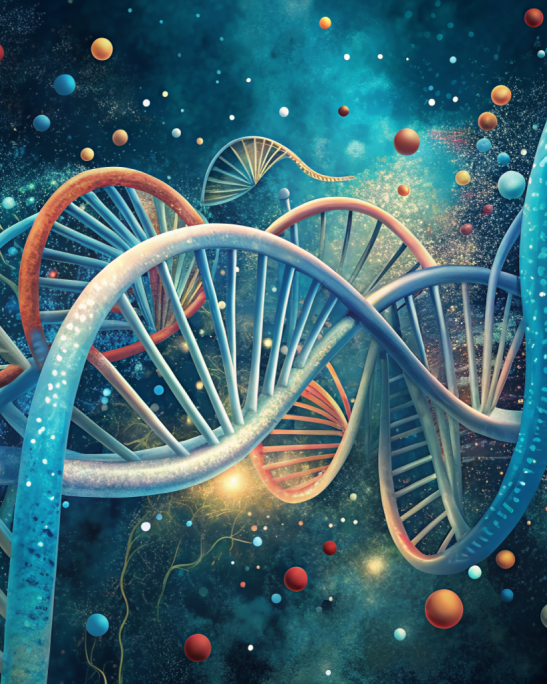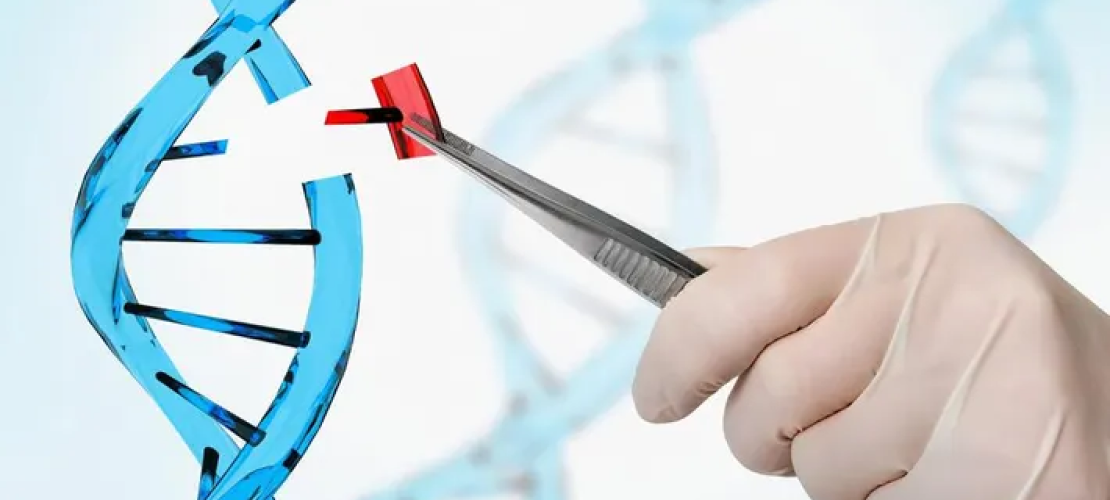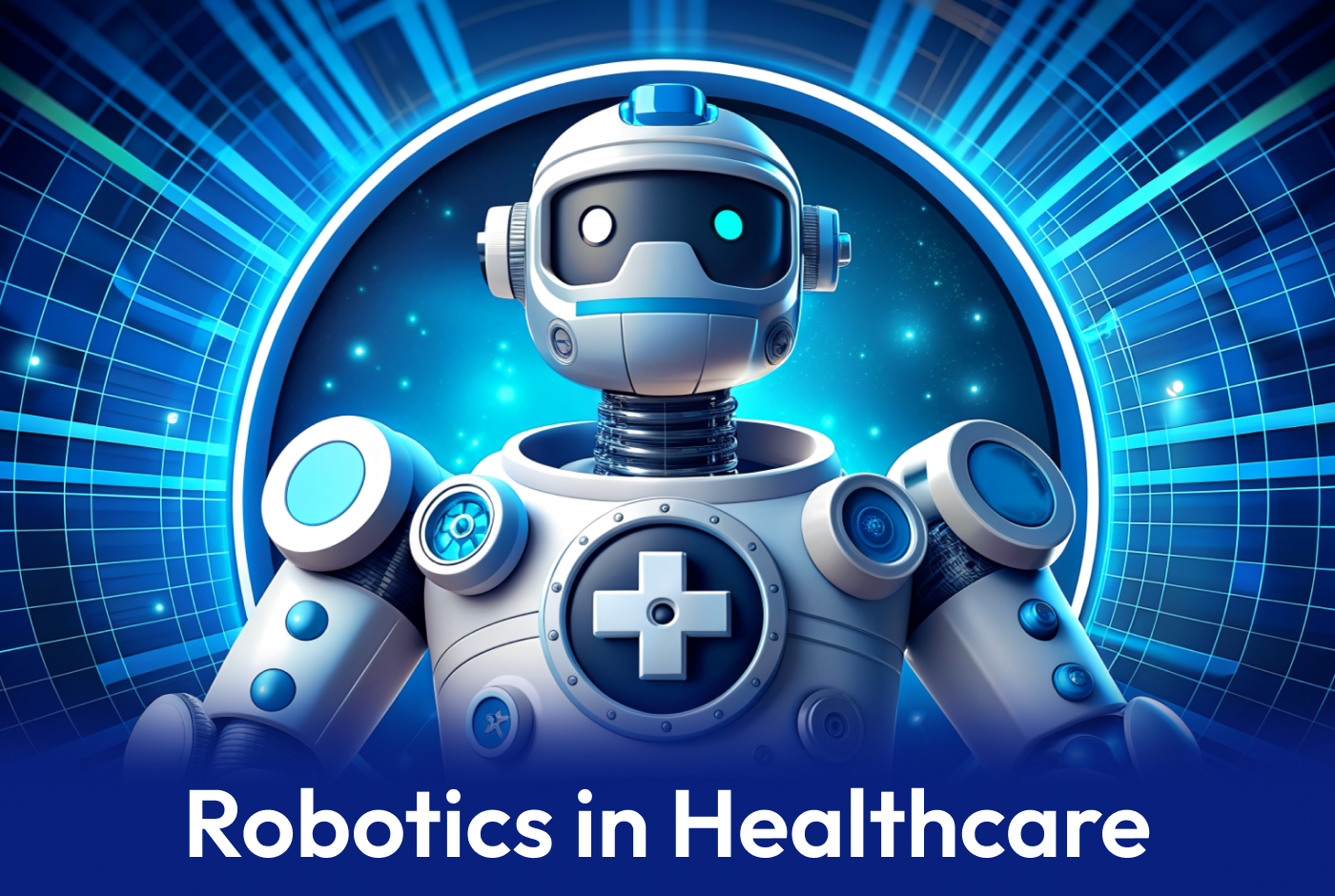The Basics of DNA and Gene Editing
To truly grasp gene editing, it's helpful to understand a bit about DNA. DNA is composed of
four
chemical bases: adenine (A), guanine (G), cytosine (C) and thymine (T). These bases pair up
with each other (A with T, and C with G) to form the "rungs" of the DNA double helix ladder.
The order of these bases determines the genetic instructions and changing just one base can
have
significant effects. Gene editing technologies, such as CRISPR, allows scientists to make
precise
changes at specific locations within the genome. Imagine the genome as an enormous library
filled with books (genes), each containing instructions for building and maintaining the
body. If
one book has a typo (genetic mutation) that causes disease, gene editing tools can find this
book
among thousands, flip directly to the erroneous passage and correct the typo without
affecting the
rest of the text.
The applications of gene editing are vast and varied. In medicine, it holds the promise for
curing
genetic diseases by correcting mutations directly in the DNA. For example, scientists are
exploring ways to use CRISPR to treat sickle cell disease, cystic fibrosis and even some
forms of
blindness. In agriculture, gene editing can create crops that are more nutritious, resilient
to
climate change and resistant to pests and diseases, potentially revolutionizing food
security
worldwide. However, gene editing is not without its challenges. Precision is a major
concern,
while CRISPR is incredibly accurate, there's still a small chance it can make unintended
edits in
the DNA, which could have unforeseen consequences. Moreover, the ethical implications of
editing human embryos, potentially altering human evolution or creating "designer babies"
are
subjects of intense debate among scientists, ethicists and the public.
What is CRISPR?
CRISPR, standing for "clustered regularly interspaced short palindromic repeats," is a
revolutionary technology that allows scientists to edit genes with unprecedented precision.
Originally discovered as a part of the immune defense system in bacteria and archaea, CRISPR
sequences help these organisms remember and destroy viruses that have attacked them before.
This natural process was adapted into a tool that can cut and modify DNA in a wide range of
organisms, including humans. The key to CRISPR's gene-editing capability is an enzyme called
Cas9 (CRISPR-associated protein 9), which acts like molecular scissors. Guided by a specially
designed RNA sequence, Cas9 can find a specific spot in the genome and make a precise cut.
This allows scientists to either disable a gene, correct a mutation or insert a new gene,
offering
potential treatments for genetic diseases, advances in agricultural science and much more.
The technology has evolved significantly since its inception. Initially, CRISPR was used mainly to inactivate genes by creating breaks in the DNA. Nowadays, advanced versions like CRISPR prime and CRISPR HD enable the actual replacement of DNA sequences, allowing for even more precise genetic modifications. This precision has opened the door to treating diseases caused by single-gene mutations, such as cystic fibrosis, Huntington’s disease and muscular dystrophy, through ongoing clinical trials. Despite its potential, CRISPR is not without its challenges and ethical considerations. The possibility of "off-target effects," where unintended parts of the genome are edited, raises concerns about the technology's safety. Furthermore, the technology's ability to make permanent changes to the human genome has sparked a debate about its use, especially in human embryos. The development of international guidelines and rigorous ethical scrutiny is essential to navigate these concerns as the technology progresses.
CRISPR's discovery and development were recognized with the Nobel Prize in Chemistry in 2020, awarded to Emmanuelle Charpentier and Jennifer Doudna for their work on developing the CRISPR-Cas9 gene editing technique. This acknowledgment underscores the profound impact CRISPR is expected to have across various fields of science and medicine. The potential applications of CRISPR are vast, from curing hereditary diseases to improving crop resilience and beyond. As researchers continue to refine the technology and explore its possibilities, CRISPR stands at the forefront of a new era in genetic engineering, promising to transform our approach to medicine, agriculture and environmental conservation.





